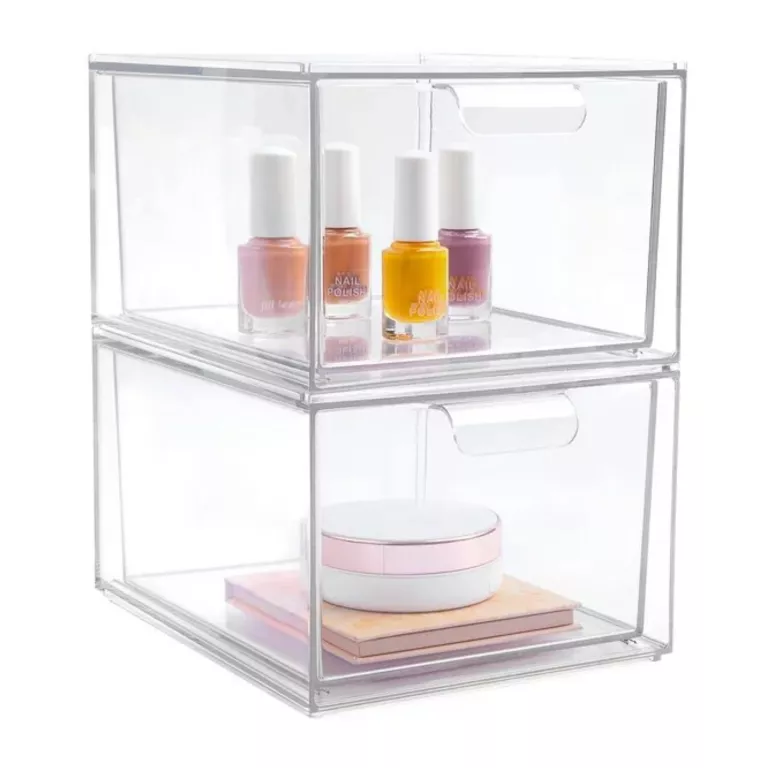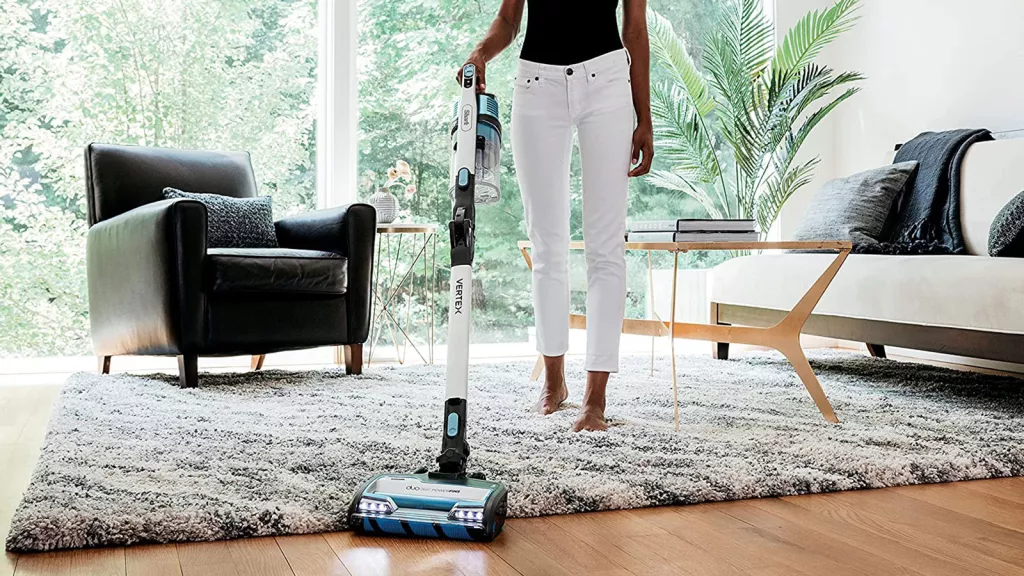Is your medicine cabinet a jumbled mess, making it difficult to find what you need when you’re feeling under the weather? It’s time to take control and organize your medicine cabinet for easy access and peace of mind. Start by taking everything out of the cabinet and sorting items into categories such as prescription medications, over-the-counter drugs, first aid supplies, and personal care items. Check expiration dates and dispose of any outdated or unused medications properly.
Utilize storage containers, baskets, or shelves to separate and categorize the items within your cabinet. Consider using clear containers to easily identify the contents. Arrange the items in a logical order, placing frequently used items at the front for convenience. Label shelves or containers to maintain order and make finding items a breeze. Lastly, remember to review and declutter your medicine cabinet regularly to keep it organized and up to date. With a well-organized medicine cabinet, you’ll be ready to tackle any health issue that comes your way.
TIPS FOR ORGANIZING A MEDICINE CABINET
1. CHECK THE EXPIRATION DATES
As you go about organizing your medications, it is crucial to check their expiration dates and discard any that are no longer needed. This practice not only helps maximize the space in your medicine cabinet but also ensures that the medications you keep on hand are safe and effective when you require them. To achieve this, consider utilizing a reliable bathroom organizer to neatly store the necessary products in your cabinet.
Regularly reviewing and decluttering your medicine cabinet ensures that you only retain medications that are essential and within their recommended usage period. This approach helps maintain an organized space while promoting safety and efficiency.
When it comes to disposing of medications, it is important to be environmentally conscious and follow appropriate guidelines. To determine the most suitable disposal method, consult the FDA website, as some medications can be harmful to the environment and should not be disposed of in the regular trash or flushed down the toilet.
2. MAKE A LIST
While conducting a thorough review of your medications, it is beneficial to create a comprehensive list that includes all the medications you currently possess, along with their respective expiration dates. This proactive approach enables you to determine which medications you have in stock and identifies any potential shortages or items requiring replenishment. By keeping a list conveniently located near or with your medications, you can easily reference the upcoming expiration dates and take proactive measures to ensure a constant supply of in-date medications when needed.
Maintaining an organized and up-to-date list serves as a helpful reminder to stay ahead of expiration dates and promptly restock your medications. It empowers you to take control of your medication inventory and helps prevent any unforeseen situations where expired medications might be used unknowingly.
3. TRACK OPEN CONTAINERS WITH AN X
When you observe the shelves behind the counter in a pharmacy, you will likely notice numerous bottles marked with an “X.” This practice is commonly employed by pharmacists and pharmacy technicians to indicate which medication bottles have been opened, especially those that are not transparent. Adopting this practice serves as a helpful reminder to check the contents of the bottle, ensuring an ample supply of medication.
The “X” marking is particularly useful for creams, ointments, and liquid medications that may have a limited shelf life once they are opened. By indicating which containers have been accessed, it becomes easier to monitor the expiration dates and avoid using expired products.
Implementing this method at home allows you to stay mindful of the medication levels and promptly restock when necessary. It serves as a visual cue to assess the remaining quantity and consider replenishing your supply in a timely manner.
4. ORGANIZE BY PURPOSE
A practical method to organize your medications is by categorizing them based on their purpose. This approach simplifies the process of finding and reviewing your options, even when you are not feeling well. Consider employing categories such as pain relief, cough and cold, and vitamins and supplements when organizing your medications. To enhance this organization, utilize small organizers or containers for storage.
By grouping medications according to their intended use, you can quickly locate the specific type of medication you need at any given time. This method proves particularly useful when you are under the weather and may have limited energy or focus.
Storing your medications in designated categories within small organizers ensures that they remain easily accessible and well-arranged.
5. GET ACRYLIC CONTAINERS
One alternative to a traditional medicine cabinet is to consider using acrylic containers. Typically, medicine cabinets are located in bathrooms, where temperature and humidity levels can fluctuate due to showers and baths. Unfortunately, these changing conditions make the bathroom a suboptimal storage space for medications. To ensure the longevity of your medications, it is advisable to store them in a closet or cabinet with a more stable environment.
Acrylic containers offer several advantages for organizing your medications. They provide visibility, allowing you to easily see the contents of each container. This makes it convenient to locate specific medications when needed. Additionally, acrylic containers help maintain organization by keeping medications separated and in order.
It is important to prioritize safety, especially if you have children or pets in your home. Ensure that all medications are stored in child-proof and/or pet-proof environments to prevent accidental access.

HOW DO YOU KEEP A MEDICINE CABINET ORGANIZED FOR LONGER?
Richard recommends implementing an efficient system to maintain the organization of your medication cabinet. She emphasizes the importance of creating a simple and manageable routine. Here are some useful practices that can help:
Set a monthly reminder: Schedule a recurring reminder to check your cabinet once a month. This ensures that you stay on top of any low supplies or expired medications that need attention.
Organize with intention: Arrange your medications in a manner that is convenient for both you and your household members to maintain. Consider using storage bins or labeling systems to categorize different types of medications or group them by individual family members.
By following these practices, you can ensure that your medication cabinet remains well-organized and up to date.
HOW TO CLEAN A MEDICINE CABINET
Richard takes the necessary precautions by removing all of her medications from the cabinet before proceeding to disinfect it with her preferred spray or wipes. With utmost care, she meticulously cleans every nook and cranny of the cabinet, ensuring that it is devoid of any impurities. Afterward, she patiently waits for the cabinet to completely dry before delicately placing the medications back inside.
In the event of a medication spill, Richard advises taking immediate action to remove the medication from the affected surface as thoroughly as possible. To prevent any unfavorable chemical reactions between the medication and cleaning products, she recommends employing water to clean off any residue.
According to Richard, the diligent cleaning of your medication cabinet not only eliminates the risk of unintended spills but also enables you to keep track of your medication inventory and identify any items that may require replenishment on a regular basis.




